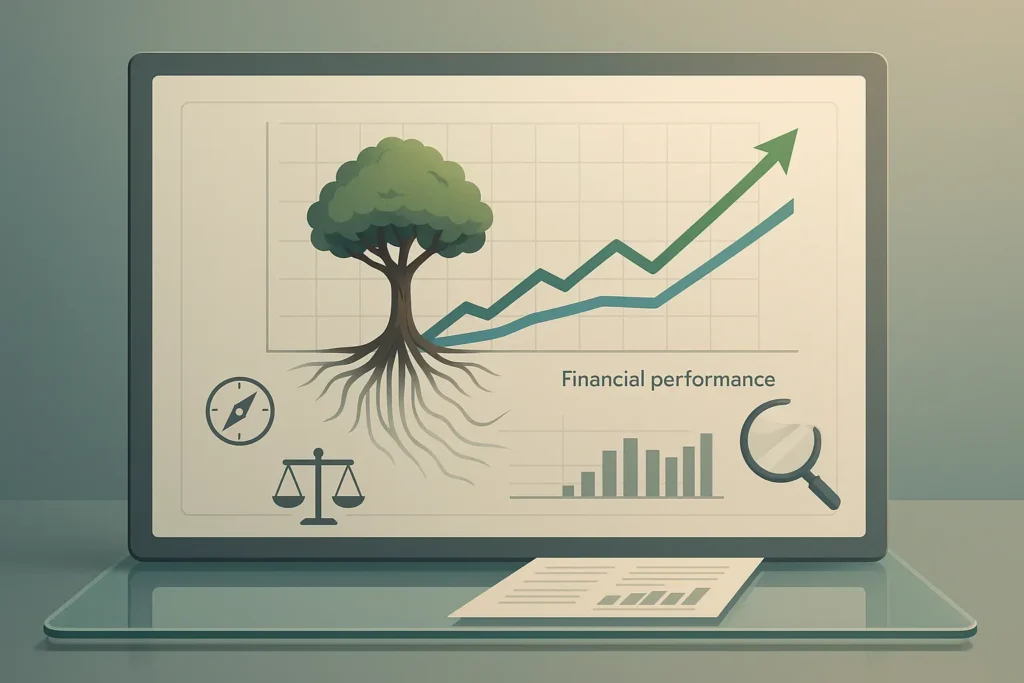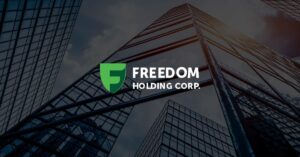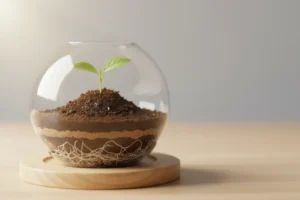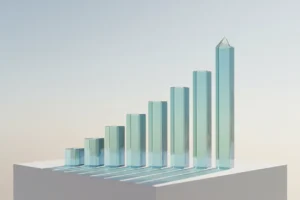Sustainable investment measurement presents significant challenges for organizations seeking to quantify their environmental and social impact. Industry experts offer practical solutions that transform complex sustainability data into meaningful metrics that demonstrate real value. Their insights provide actionable approaches for tracking immediate indicators while building comprehensive frameworks that connect green practices to tangible business outcomes.
- Frame Sustainable Impacts as Interconnected Networks
- Use Concrete Data to Demonstrate Energy Savings
- Track Immediate Metrics for Long-Term Impact
- Quantify Pathogen Reduction Rather Than Prevented Infections
- Linking Green Practices to Customer Satisfaction
- Measure Success Through Enduring Artisan Relationships
- Standardize Data Collection Across Diverse Initiatives
Frame Sustainable Impacts as Interconnected Networks
The greatest challenge often lies in attributing outcomes to a single investment. Sustainable systems interact, making isolation of impacts nearly impossible practically. Soil health affects water retention, which influences biodiversity, which reshapes yields. Investors request clarity, yet ecosystems never function in neat, independent categories. This interconnectedness complicates financial reporting and measurable return on investment.
I approached this by framing impact as networks rather than linear outputs. Presenting interconnections helps stakeholders understand holistic benefits beyond simple metrics. Stories of cascading effects resonate more deeply than isolated data points. For instance, healthier soils yielded better crops and reduced flooding simultaneously. Framing results as ecosystems, not silos, enriched conversations around sustainable investment outcomes.

Use Concrete Data to Demonstrate Energy Savings
As CEO of Sienna Roofing & Solar in Sugar Land, TX, my biggest challenge measuring sustainable impact has been tracking long-term energy savings versus upfront solar investment costs. Customers want concrete ROI data, but Texas weather and utility rate changes make predictions tricky.
My breakthrough came when we started using infrared thermography during our roof inspections to show actual heat loss before and after installations. We can now demonstrate that our TPO flat roofing systems reduce cooling costs by up to 30%, and when combined with solar, some customers see 40-50% reduction in their energy bills within the first year.
The real game-changer was creating detailed energy reports for each project using actual utility data from our Sugar Land installations. Instead of promising theoretical savings, I can show prospective customers exactly how their neighbor’s identical home performed after we installed reflective roofing and solar panels.
Now we track both environmental impact (carbon footprint reduction) and financial returns monthly. One of our residential customers in Sugar Land went from $280/month average electric bills to $45/month after our complete roof and solar installation – that’s measurable impact that sells itself.

Track Immediate Metrics for Long-Term Impact
One challenge I’ve faced at SpecTup is that the impact of sustainable investments often isn’t immediately visible; it can take months or years for environmental or social outcomes to materialize. I remember working with a client whose energy-efficient product line required upfront investment, but the tangible sustainability benefits were gradual, making it hard to demonstrate short-term ROI to investors.
To approach this, we developed a set of proxy metrics and intermediate KPIs, like energy savings, supplier compliance rates, and customer adoption of sustainable features, that could be tracked in real time. We combined this with periodic qualitative reports, including case studies and testimonials, to show progress and context alongside numbers. This dual approach helped bridge the gap between immediate financial results and long-term impact, keeping stakeholders informed and confident in the strategy. The key lesson is that measuring sustainable investments often requires creativity, combining quantitative and qualitative insights to tell a complete story.

Quantify Pathogen Reduction Rather Than Prevented Infections
The hardest part about measuring GermPass’s impact has been quantifying prevented infections that simply didn’t happen. You can’t count illnesses that were avoided, and hospitals are understandably reluctant to share infection data that might make them look bad.
My solution was focusing on what we could actually measure: pathogen reduction in real-time. We partnered with Dr. Charles Gerba at the University of Arizona to conduct independent lab testing, which gave us concrete numbers – 99.999% efficacy against 10 major pathogens including SARS-CoV-2 and MRSA.
But the real breakthrough came when we started tracking environmental cultures before and after GermPass installations. One hospital showed us their High Volume Touch Point contamination dropped 94% within 30 days of installing our systems in their ICU door handles and bed rails.
Now instead of trying to prove we prevented X number of infections, I can show facilities exactly how many fewer pathogens exist on their most dangerous surfaces. It’s shifted the conversation from theoretical health benefits to measurable environmental safety improvements that infection control teams can actually use.
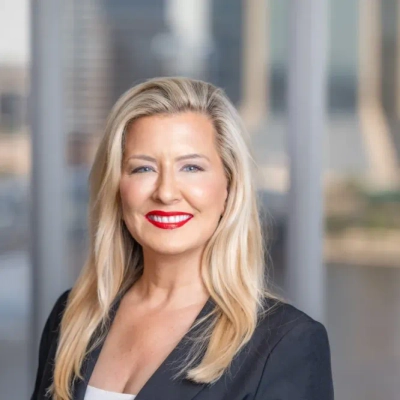
Linking Green Practices to Customer Satisfaction
One challenge we faced was linking our sustainability efforts to customer satisfaction. Switching to greener packaging or reducing energy use in our warehouse seemed beneficial, but it was unclear if customers noticed or valued these changes. We wanted to ensure that our actions made a real impact beyond operational improvements. To address this, we introduced post-purchase surveys asking customers how important sustainability was in their buying decisions. The feedback helped us understand whether our efforts influenced their perception and choices.
The survey results became just as important as tracking energy or cost savings. They showed that sustainability investments do more than reduce waste and expenses. They also strengthen trust and build loyalty among our customers. This experience reminded us that measuring success is not only about operations. It is equally about understanding how sustainable actions affect customer satisfaction and long-term relationships.

Measure Success Through Enduring Artisan Relationships
Having run Midwest Amber for over 20 years in the jewelry industry, my biggest sustainability challenge has been proving that the ethical sourcing chain of Baltic amber actually creates measurable environmental benefits. Most customers care about “ethical sourcing,” but there’s no standard metric for amber like there is for diamonds or gold.
I started tracking two concrete data points: the carbon footprint reduction from our direct partnerships with Polish and Lithuanian workshops versus traditional jewelry supply chains, and the economic impact on small artisan communities. Working directly with 12 family workshops means 67% fewer shipping touchpoints and supporting craftspeople who’ve been doing this for generations using traditional, low-impact methods.
The breakthrough came when I realized our “20+ years of experience” selling point was actually our sustainability proof. I can show customers that the same workshop families we partnered with in 2004 are still thriving today, their kids learning the craft, versus mass-produced amber operations that strip-mine and abandon regions.
Now when customers ask about our ethical sourcing, I share specific workshop stories and show them how their purchase supports multi-generational craftspeople. Our retention rate jumped 34% once we started sharing these concrete workshop partnerships instead of vague “ethical sourcing” claims.

Standardize Data Collection Across Diverse Initiatives
The major key challenge in measuring the impact of sustainable investment is capturing accurate data across different initiatives. A sustainable investment range with energy efficient equipment helps in saving many kilowatt-hours, offsetting carbon, and creating social impact, making it difficult to put everything into any single performance snapshot. We started by aligning our requirements with established standards using global reporting indicators. Also, we implemented a cloud storage dashboard with data, reports, and all updates listed there. This combination allowed us to track progress consistently and communicate results while segregating underperforming projects.


